Workplace technology isn’t simply audio and visual components, it’s creating a smart ecosystem of technology that keeps us well and productive. This is crucial, especially in a post-pandemic environment where offices are testing the boundaries of hybrid work.
Whether you’re renovating an entire office, retail, or commercial space, or simply looking to make a few key improvements, take the technology assessment to get immediate recommendations on:
- Creating a hybrid environment to maximize productivity
- Ensuring space is utilized efficiently
- Staying ahead of the competition’s ability to recruit and retain talent
- Nipping common, pesky A/V issues in the bud
Here are 10 questions to help you use the latest workplace technology to make your space stand out as well as foster productivity and employee wellbeing. Take a look:
Have you incorporated specific technology for hybrid and hotelling workplace models?
Start thinking hybrid
It’s true, many companies are going back to the office, but just as many are adopting new ways of working that combine in-person and remote technologies. If you aren’t thinking about how hybrid work affects your designs, then you may not be providing the best solutions for productivity and workplace wellbeing.
Solve the age-old problems
Choppy audio, fuzzy video, a complicated audio-visual and conferencing interface… These issues should all be a top priority to solve. Competitive organizations need A/V setups that are intuitive and don’t waste time.

Have you used technology to create fluid areas for both group and individual needs?
Blur the lines between screens and walls
Open concept offices have seen their heyday. Now, businesses know that productivity means combined individual and group spaces. But, how can they achieve this within a limited amount of space? One way is to use screens creatively, as dividers so that individual seating can become private, or opened up to group conversations.

Are various devices, like screens and touchpads, being designed to improve productivity?
Provide hassle-free access
Especially with new hybrid and hotelling office models, control panels will be a way to check occupancy in various parts of a building, confirm spaces are available (and clean!), and offer easy ways to reserve conference rooms and individual desks.
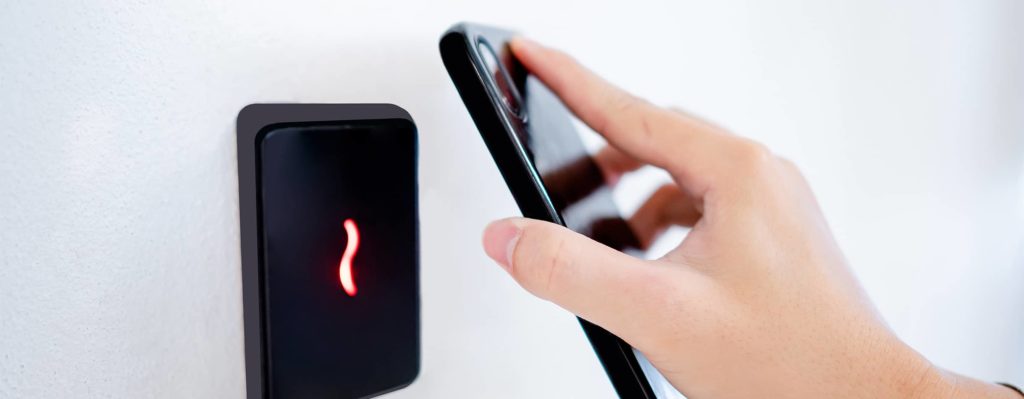
In the aftermath of the pandemic, are hands- and touch-free technologies being incorporated into the space
Create a mobile-first mindset
Many (if not most) workplace technologies can be accessed right from an individual’s smartphone. For example, instead of keys or fobs, consider mobile access to the office, and even mobile notifications of appointments and visitors.
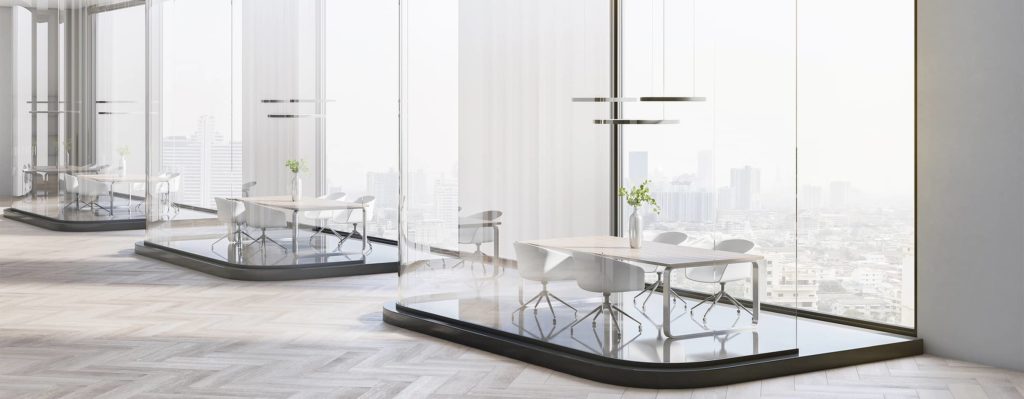
Are flex spaces incorporated into the design, for example meeting rooms that double as privacy pods?
Use smart shading to create multi-use spaces
New innovations in shading options can help make the most use of a single space. For example, with the use of electric-film, glassed-off huddle rooms or conference rooms can quickly be turned into privacy pods. Clear glass turns opaque within a few seconds, making an open collaboration space double as one that can be used for private meetings.
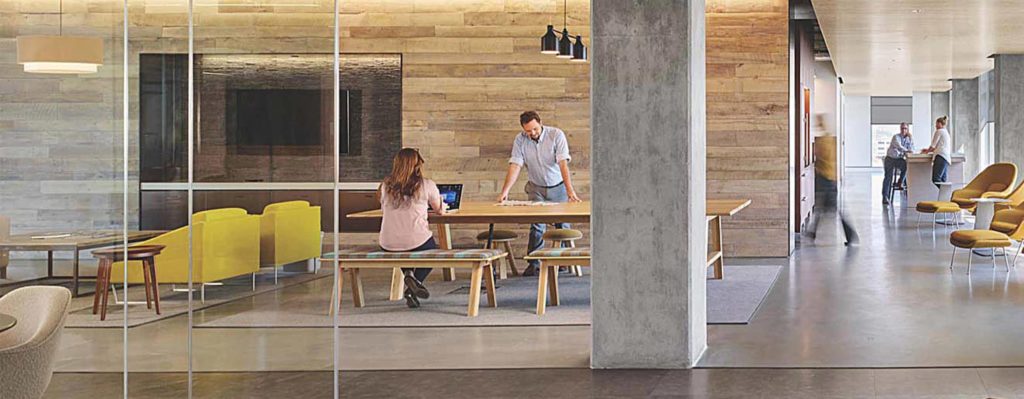
Is lighting being designed for both in-person and virtual productivity?
Consider how lighting affects remote collaboration
What’s worse than a bad camera angle during a conference call? A bad camera angle and bad lighting. Lighting is an important factor in making sure team members can communicate just as effectively during remote meetings as they can in-person.

Are lighting and other elements being used to promote wellbeing?
It’s all about human-centric lighting
It’s an evolutionary thing. Lighting is essential to our well-being and productivity. Lighting technology has come a long way – we can now mimic the natural progression of daylight or adjust to improve productivity.
Bring the outside, inside
Technology, such as video walls and LED architectural elements, can help incorporate dynamic natural elements to any space. These sorts of nature-inspired design elements are proven to elevate wellbeing and employee happiness.
Does your layout consider “mobile” solutions as an alternative to fixed space?
Collaboration technology on wheels
As companies consider reducing their square footage, executives, architects, and designers are getting creative with how to bring technology where it’s needed. For example, lately the Casaplex team has been asked by several clients to create a mobile conferencing station. This station creates the ideal environment for video conferencing, but can be shared among all users and areas.
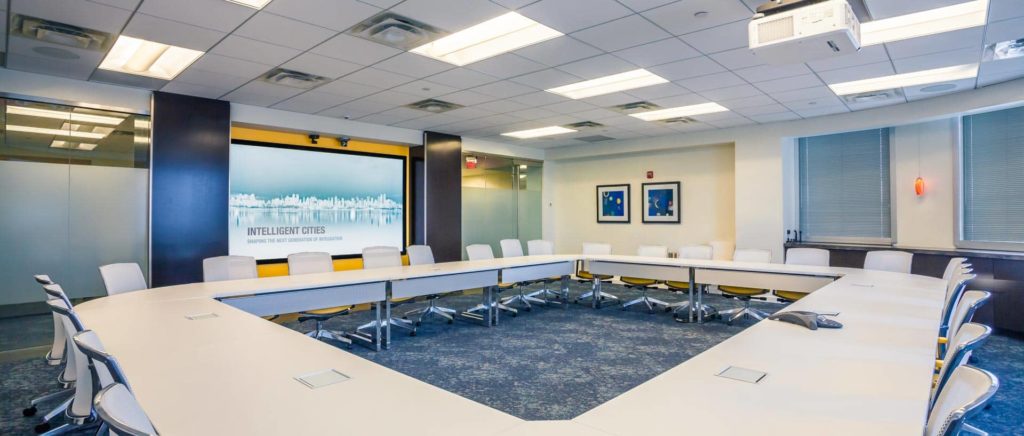
Will you be incorporating a projector into any of the spaces?
Trade out finicky projectors with sleek video walls
Sure, projectors can get the job done but video walls offer vibrant displays that stand up to glare. When it comes to keeping your audience engaged and potentially combining different data sources, there’s no doubt that a video wall packs a big punch.

Is it important to be able to host virtual events from the space?
Leaner offices mean more virtual events
That means virtual board meetings, live streams of monthly updates and more. Will you need multiple camera angles to broadcast events? Or perhaps you’ll be tuning into events from headquarters and will need to make sure you have fully-functional overflow seating.
SCHEDULE A CONVERSATION
Want to talk with a Casaplex team member about your space? Schedule a conversation today.
